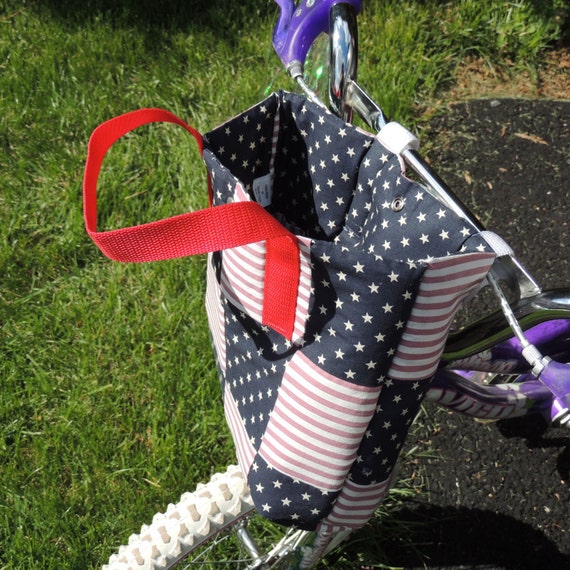Today dawned clear; bright sun filled the morning
and afternoon sky. Clouds gathered
around the time schools were letting kids out but there was no threat of rain.
That much I could tell because although the air grew warmer, as it normally
does during the day, the humidity didn’t increase. Or so it seemed.
In other words, today was a very, very nice day
for a ride in these parts. So of course
I went. Best of all, I pedaled into the
wind as I pedaled away from home. That
meant, of course, that the wind blew me back.
I couldn’t have planned it any better than that.
I rode over parts of routes I’ve ridden many times
before. Although I’ve been thinking,
lately, about new places and paths, I was happy to ride my old, familiar
routines today. In brief, I was simply
happy to ride.
No, I haven’t had some near-death experience or
other tragedy that could have left me unable to ride my bike—or live. This day, and the ability to ride with
nothing to distract me from its pleasures, was enough.
All right, I’ll admit that there was one
particular thing about this ride that made me even happier than I usually am
when I’m on my bike. Perhaps it will
seem completely mundane, and under most circumstances it would be. What is that piece of good fortune? Here goes:
I didn’t get a flat.
Now, I manage to do most of my rides—including my
commutes—without puncturing my tires or tubes.
But on the three rides I took before this one, I had no such luck. In fact, on one ride, I managed to get two
flats.
You might be asking yourself, “She’s devoting a
post to that?” I can’t blame you if you are. But the fact that I got this recent rash of
flats is actually of some import—to me, anyway.
Why?
Well, those flats weren’t the result of worn-out
or poor-quality tires or tubes. I also
haven’t been riding any tires that are lighter or otherwise more delicate than
the ones I’ve used for the past several years. (The tires I rode today were
Continental Gatorskins; I almost invariably ride tires from Continental,
Michelin, Panaracer or Schwalbe.) And,
of course, the road conditions aren’t different from what I’ve been riding for
a while.
All right, I should amend that last
statement. It does seem that there’s
more debris on the streets, roads and paths than I normally see at this time of
year. I think it may have something to
do with the fact that we had snow and ice so late in the season this year. In most years, I encounter the most
debris—and get the majority of whatever flats I get—in late winter and early
spring. I think that in most years, some
shards of glass and other hazards are buried under the snow and ice and exposed
once those winter accumulations melt or are brushed or shoveled away. The first couple of heavy rains in April or
May seem to wash much of the debris away; I rarely get flats late in the
spring, or in the summer or fall unless I’m riding on a worn tire or have some
other unusual circumstance.
In most years in this part of the world, the snow
and ice are usually gone by March and the first heavy rains—the kinds that
cause flooding on low ground or places with poor drainage—strike in April.
However, we didn’t have such a torrent until the first day of this month. It
usually takes two or three such storms, I think, to wash away much of what
causes flats.
I’m hoping today’s ride is a good omen. If it isn’t, well, I’ve had to do much worse
things than replace or repair a tube during a ride!



